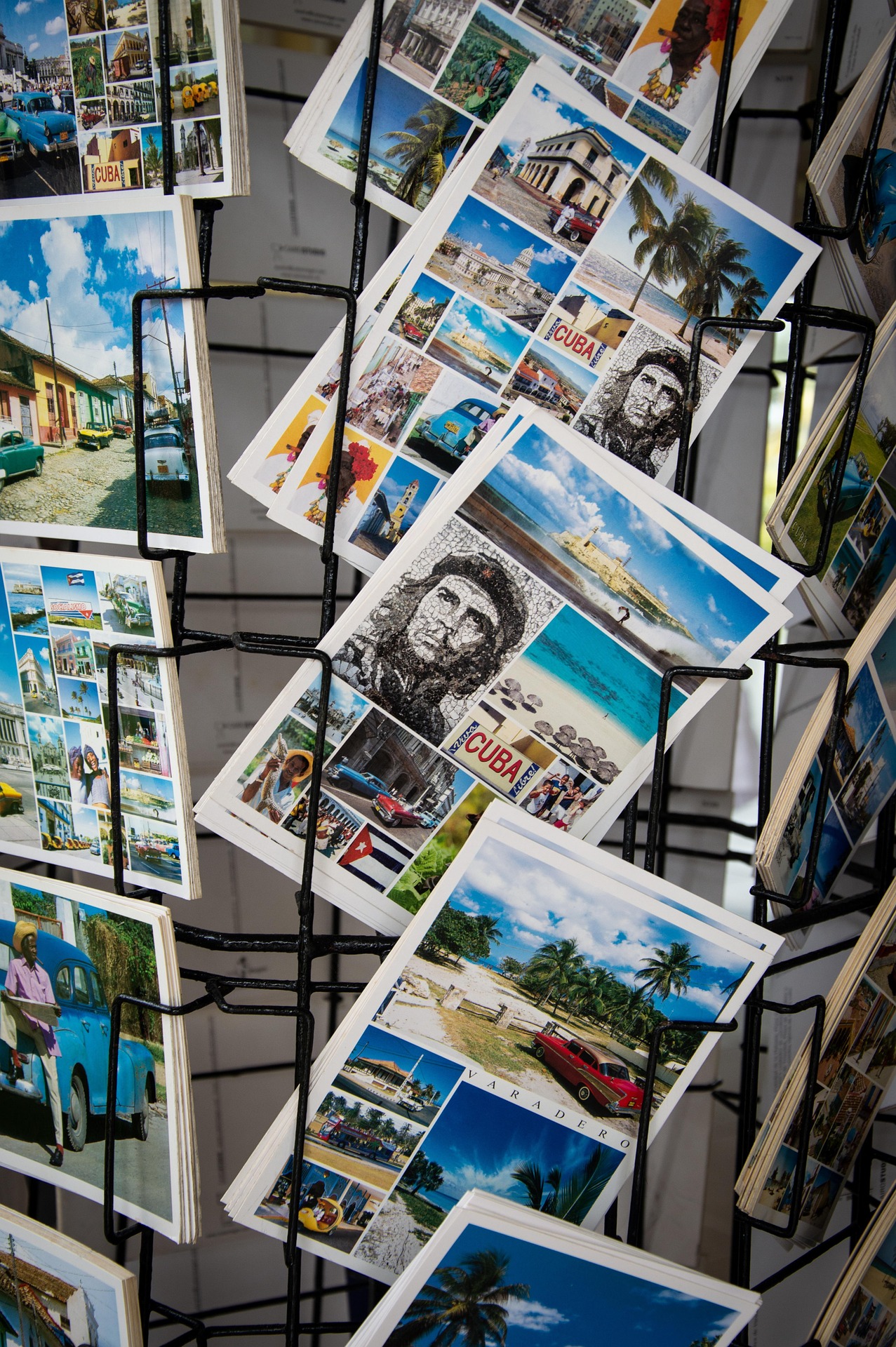
The Tradition and History of Postcards: A Small Object With a Big Story

4
For more than 150 years, postcards have captured human connection, travel, culture, and memory in a way no digital message can match. What began as a simple idea—an affordable way to send a brief note—evolved into a global tradition that shaped communication, tourism, and even art.
Even in the age of texts and emails, postcards remain a beloved symbol of nostalgia and storytelling. Their history reveals why people still cherish them today.
Where It All Began: The Birth of the Postcard (1860s–1870s)
The very first postcard concept appeared in the mid-19th century. In 1861, the U.S. Congress approved privately printed “postal cards,” but it was Europe that truly ignited the tradition.
The first widely recognized postcard arrived in Austria in 1869—a simple, unadorned card with space for a short message. Its goal?
Make communication inexpensive, fast, and accessible.
Within a decade, postcards became popular across Europe, each nation adopting its own style, stamps, and rules. What started as plain cards quickly evolved into illustrated ones, and the world began to notice.
The Golden Age of Postcards (1890s–1915)


4
The late 19th and early 20th centuries are known as the Golden Age of Postcards, when sending a postcard was as common as sending a text message today.
During this era:
- Tourism boomed, and postcards became the ultimate souvenir
- Cities produced postcard series to showcase architecture, transportation, and technology
- Photographers traveled the world capturing images for mass printing
- Holidays like Christmas and Valentine’s Day gained signature postcard designs
- Some countries delivered mail multiple times per day, making postcards near-instant communication
Collectors—called deltiologists—emerged, preserving postcards as snapshots of cultural history.
By 1913, billions of postcards were mailed annually worldwide.
World Wars and Emotional Connections
During World War I and World War II, postcards took on a deeper human meaning.
Soldiers sent postcards to:
- Reassure families
- Share brief updates
- Carry photos of home
- Communicate across borders when letters were censored or delayed
These wartime postcards remain some of the most emotionally powerful artifacts from the era—small pieces of paper that carried love, fear, hope, and humanity.
Postcards in the Modern Era: From Souvenirs to Collectibles
After the 1950s, postcards shifted from daily communication to a more travel-focused tradition.
Tourists embraced brightly colored, glossy cards showcasing:
- Beaches
- Landmarks
- Cities
- National parks
- Local culture
Hostels, airports, and hotels kept postcard racks stocked like magazines. Airlines even gave away postcards for free as part of the travel experience.
Today, postcards continue to thrive as:
- Travel keepsakes
- Art prints
- Collectible items
- Mailable memories
- Personal, handwritten messages in an increasingly digital world
Services like Postcrossing—a global postcard-exchange community—have helped revive the tradition for younger generations.
Why We Still Love Postcards
Even with unlimited digital communication at our fingertips, postcards endure because they offer something technology can’t replicate:
1. Tangibility
A message you can hold, display, and keep.
2. Intentionality
Someone thought of you during their travels, chose a card, wrote a message, and mailed it.
3. Art & Design
Postcards capture architecture, landscapes, and culture in a visually curated way.
4. Memory
A postcard becomes a snapshot—not of a place, but of a moment in time.
5. Human Connection
In a digital age, handwriting feels personal and rare.
Conclusion: A Small Card With a Lasting Legacy
Postcards began as a simple, affordable means of communication. Over time, they evolved into cultural artifacts, wartime treasures, tourist souvenirs, and personal expressions of connection.
Though technology changes fast, postcards remind us that some traditions stay timeless—not because they are necessary, but because they are meaningful.
They tell stories. They travel the world.
And they keep us connected in the most human way possible.

%402x%20(1).svg)
%402x.svg)
%402x.svg)


%402x%20(dark).svg)
%402x%20(dark).svg)
%402x.svg)
%402x.svg)
%402x.svg)